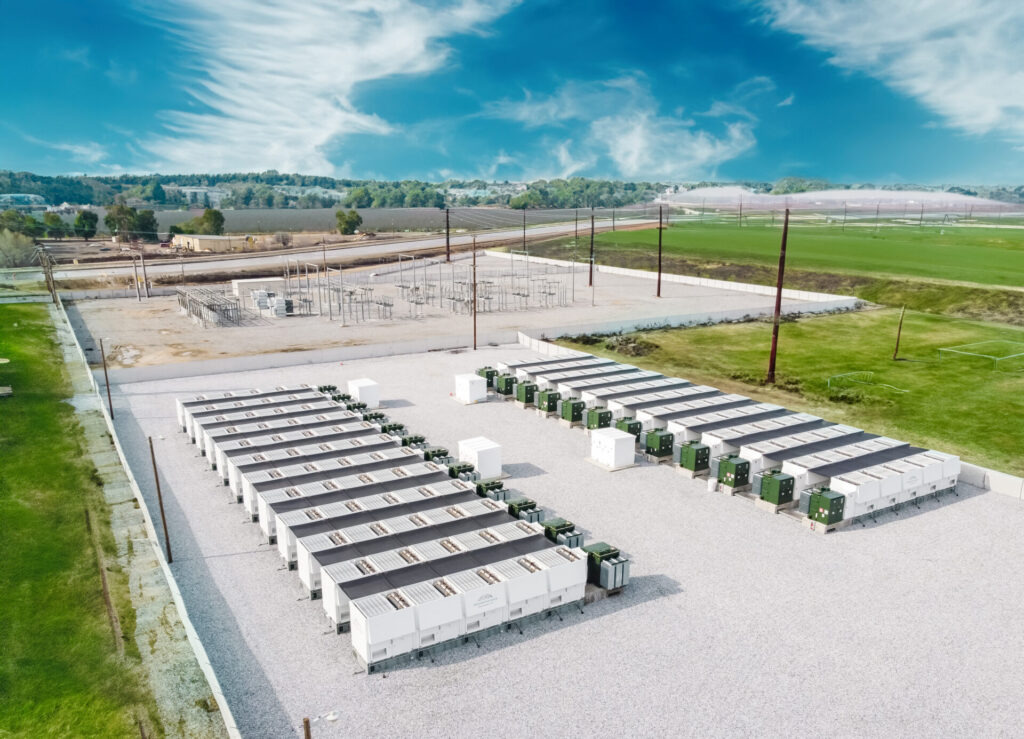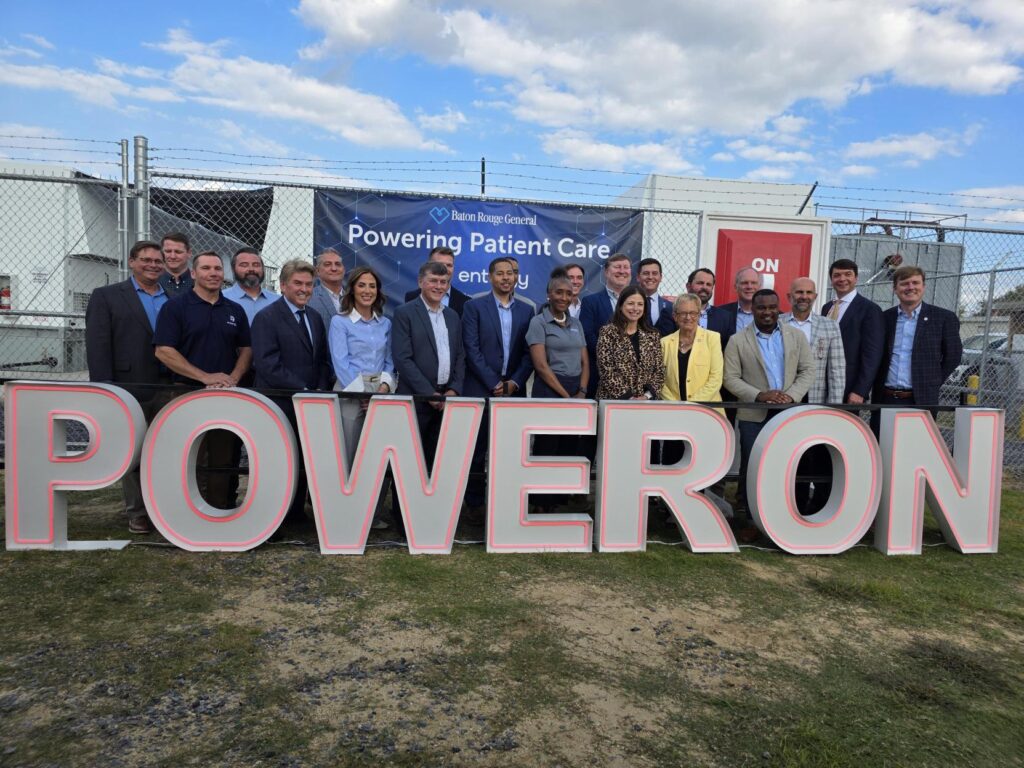Newsroom
From press releases to media coverage, stay up to date on Enchanted Rock
- Press Release
Enchanted Rock announced that John Carrington has been appointed Chief Executive Officer. Carrington has served as Executive Chairman of the company’s Board of Directors since June 2025, a period marked by significant growth in demand for Enchanted Rock’s scalable, ultra-low emission power solutions.
- In the News
Data center construction continues booming across the U.S. as demand for AI, cloud services, and digital infrastructure climbs, even in areas historically considered high-risk for hurricanes and flooding. As utilities struggle to scale transmission capacity fast enough to keep up, the industry is increasingly turning toward alternative power solutions and resilient design to support demand growth.
- In the News
Enchanted Rock delivers reliable, low-emission power to businesses, critical infrastructure, and entire communities that depend on uninterrupted operations. The company’s natural-gas microgrids provide full-facility backup power, support long-duration outages, and help customers avoid the operational and financial risks associated with grid instability.
- In the News
Rapid growth in artificial intelligence, cloud computing, and digital infrastructure is driving an unprecedented surge in electricity demand from data centers.The challenge is substantial but workable through a more flexible approach that includes distributed generation and other rapidly deployable resources.
- Press Release
Baton Rouge General, in partnership with Entergy Louisiana’s Power Through program and Enchanted Rock, celebrated a major milestone today with the activation of whole-facility generators at its Bluebonnet and Mid City campuses. The new system significantly improves the hospital’s ability to deliver uninterrupted care during hurricanes, grid disruptions and other outage emergencies.
- Press Release
Enchanted Rock announced today that it has been recognized as a 2025 Top Workplaces Culture Excellence winner, earning distinction in the Employee Appreciation category.
- In the News
From hurricanes and heat waves to cyber threats and grid strain, Houston faces growing challenges that threaten essential services. At a roundtable hosted by the Houston Business Journal and Enchanted Rock, leaders from healthcare, utilities, transportation, and manufacturing shared how they’re preparing for what’s next.
- Insights
- Source info here
So far, our Diesel Dilemma series has covered the weather, truck math, supply chain, and the logistics footprint of diesel backup power for large loads. But after exploring those potential roadblocks, there’s one more threat to your resiliency plan that’s often overlooked: supplier reliability during a crisis.
You may have contracts, retainers, and “priority” service agreements. But let’s talk about what loyalty looks like when the region is in turmoil, and everyone is calling for diesel deliveries at the same time to replenish onsite storage when it runs dry.
- Insights
- Source info here
If you’ve ever tried to lock in guaranteed fuel supply during a regional crisis, you quickly learn that contracts and promises mean very little when the entire map is red. And that reality comes into sharp focus when you start looking at what it actually takes to store and move diesel fuel onsite.









